6 Simple Steps to Create a DIY Hydroponic System at Home
Get the ready for the future of gardening with your own DIY hydroponics system.
This setup allows you to grow plants more efficiently, using less water and space than traditional soil-based gardening.
Follow these six easy steps to get started.
Required Materials
Beginner’s Guide
Want to try hydroponic gardening? Follow these six easy steps to build your own system and start growing plants without soil at home.
Step 1: Trim the PVC Pipes
Cut the PVC pipes to the lengths you need for creating plant channels. These channels will house your plants, so ensure they’re slightly angled to let water flow efficiently.
Step 2: Connect the Pipe System
Attach the pipes, fittings, and end caps. Keep one end cap open for maintenance, while the other will serve as the water inlet.
Step 3: Build a Support Stand
Construct a PVC stand to hold and stabilize the plant channels.
Step 4: Install the Water Pump
Place the submersible pump inside the reservoir and link it to the open end of the pipe system, making sure it’s fully submerged in the nutrient solution.
Step 5: Set Up Your Plants
Position the planting cups or pots into the channels and fill them with your selected growing medium, such as coconut coir or perlite.
Step 6: Start and Maintain the System
Activate the water pump to circulate nutrient-rich water from the reservoir through the channels. This continuous flow nourishes plant roots and sustains your hydroponic setup.
Advantages of a DIY Hydroponic Growing System
Thinking about hydroponics? A DIY system is simple, saves money, and lets you grow fresh, healthy plants all year long.
Water Conservation
Hydroponics is incredibly water-efficient, using up to 90% less water than traditional gardening. The system recirculates water, allowing plants to absorb what they need while returning the excess. This method supports sustainable gardening by reducing water waste.
Year-Round Production
Hydroponics allows you to grow plants without seasonal constraints by controlling light, temperature, and humidity. This flexibility provides continuous harvests, meaning you can enjoy fresh produce even in colder months.
Efficient Use of Space
Hydroponic systems are perfect for limited spaces, with vertical and wall-mounted setups that transform small areas into productive gardens. This approach is ideal for urban environments, where space for traditional gardening may be scarce.
Rapid Growth and Increased Yields
Plants in hydroponic systems receive direct access to nutrients, enabling faster growth and larger harvests. Compared to soil gardening, hydroponics can accelerate plant maturity by up to 25%, yielding more produce for you to enjoy.
Additional Success Tips
Keep your hydroponic system running smoothly with these helpful tips. Learn how to care for your plants and avoid common problems.
Start with a Basic Setup
For hydroponics beginners, choosing a simple system like the Kratky method can be a great start. This non-circulating method is easy to assemble and requires minimal upkeep. As you grow more comfortable, you can experiment with advanced systems.
Keep an Eye on Nutrient Balance
Proper nutrient levels are crucial for plant health. Investing in reliable pH and electrical conductivity (EC) meters will help you monitor the nutrient solution’s balance effectively, ensuring your plants get exactly what they need.
Provide Ample Lighting
Light is vital for photosynthesis, so ensure your plants receive enough. LED or fluorescent lighting works well in hydroponic setups. Adjust the light’s intensity and duration as your plants grow to support optimal development.
Focus on Disease Prevention
Hydroponic systems can be prone to disease, so maintain clean equipment and good ventilation to reduce risks. Separating any sick plants is also essential to prevent potential infections from spreading to healthy ones.

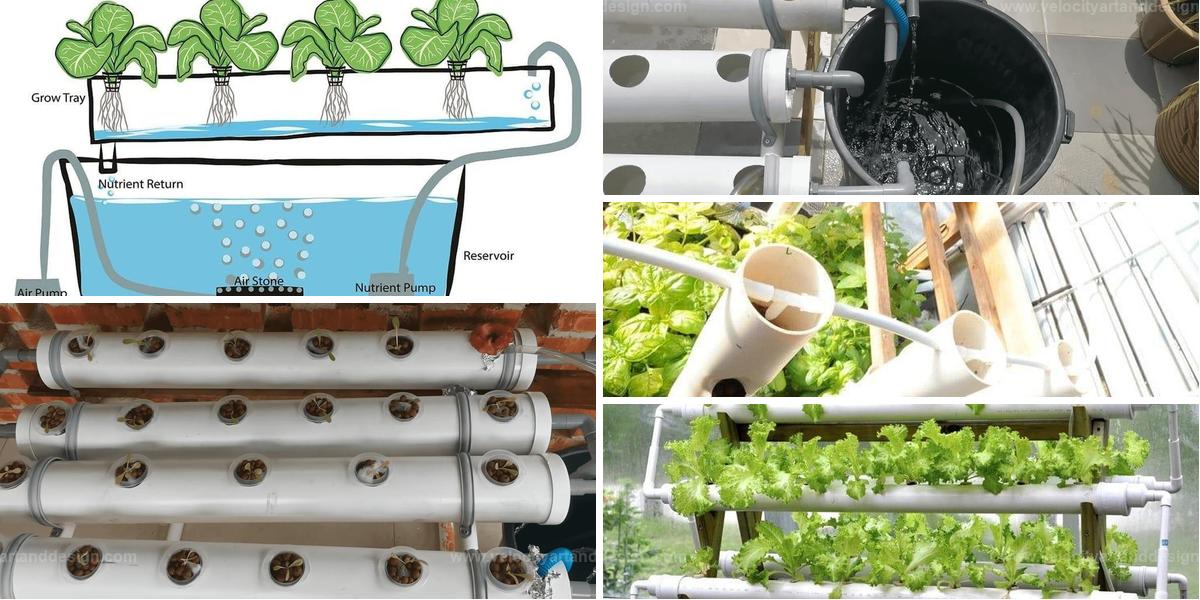
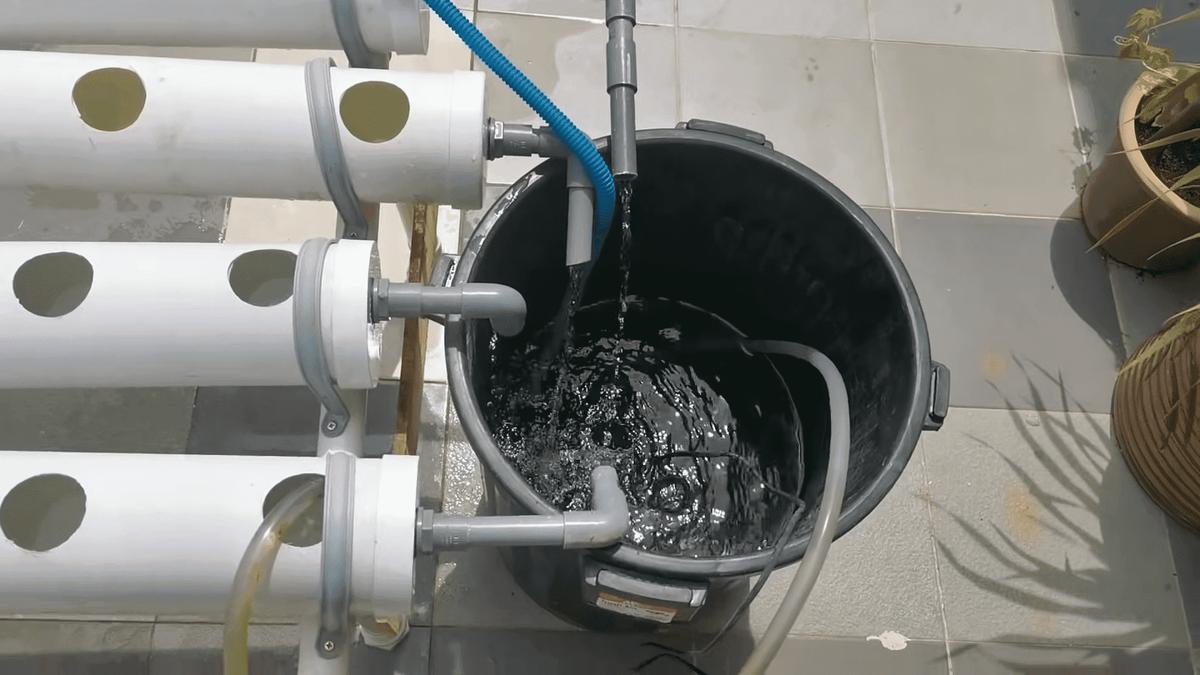
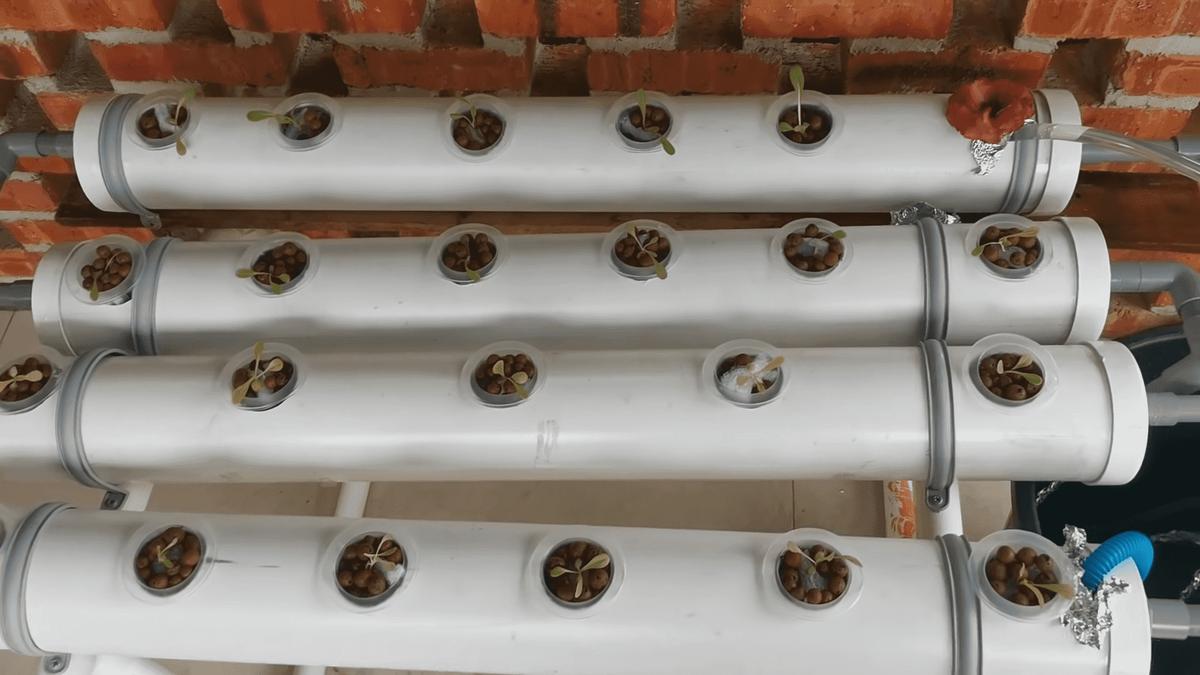
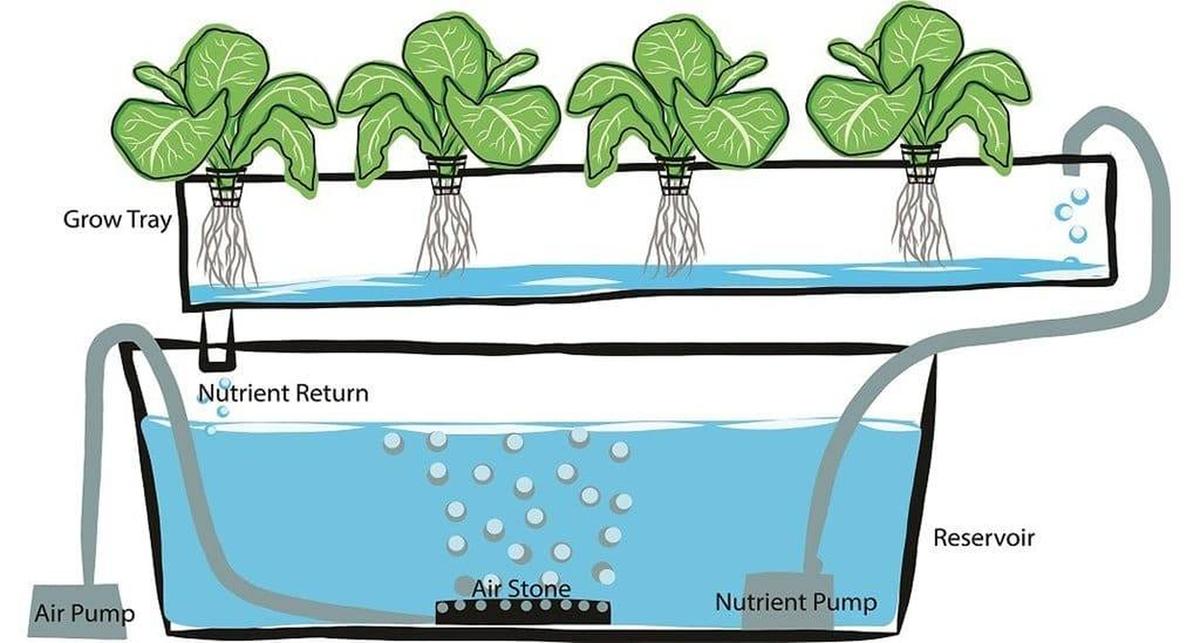
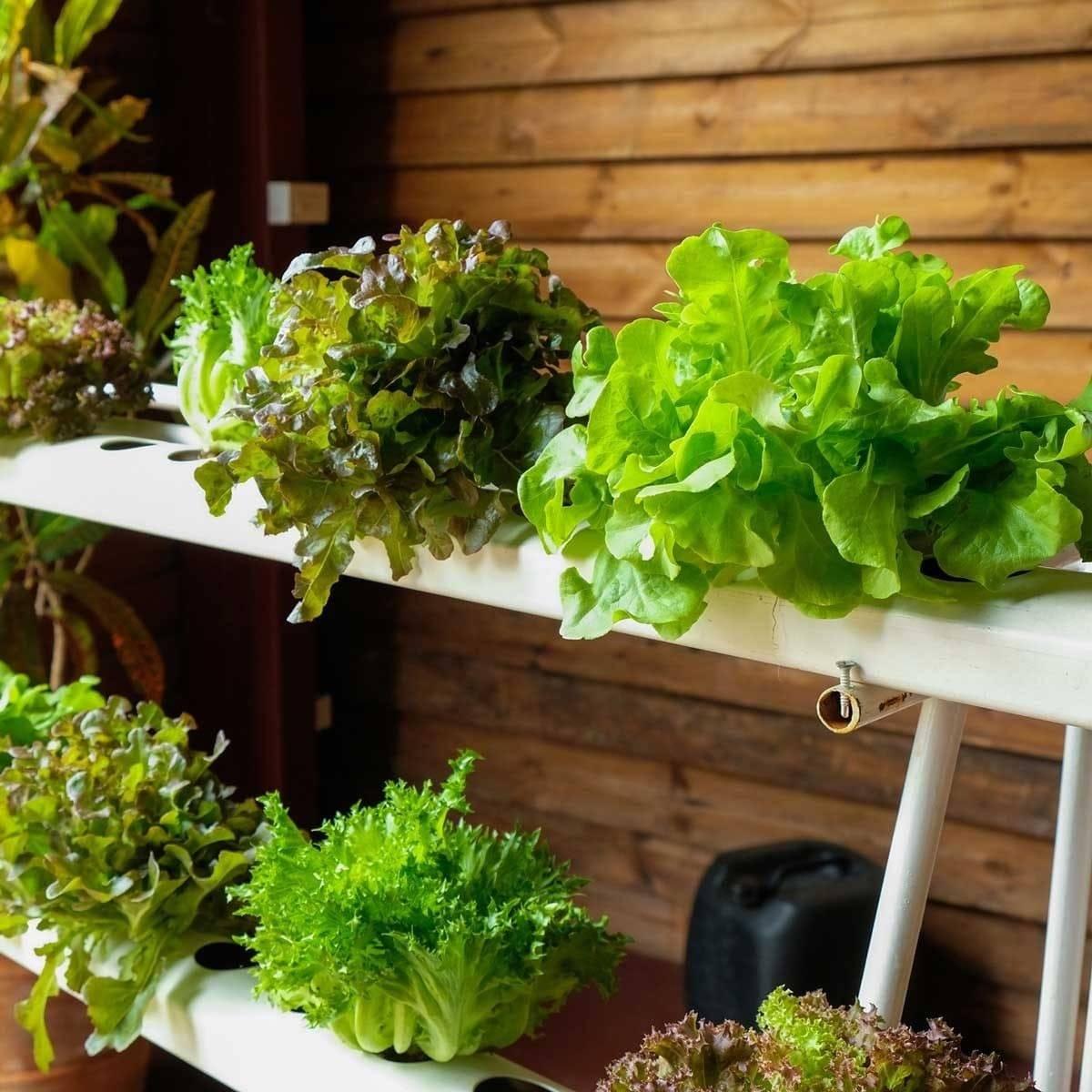
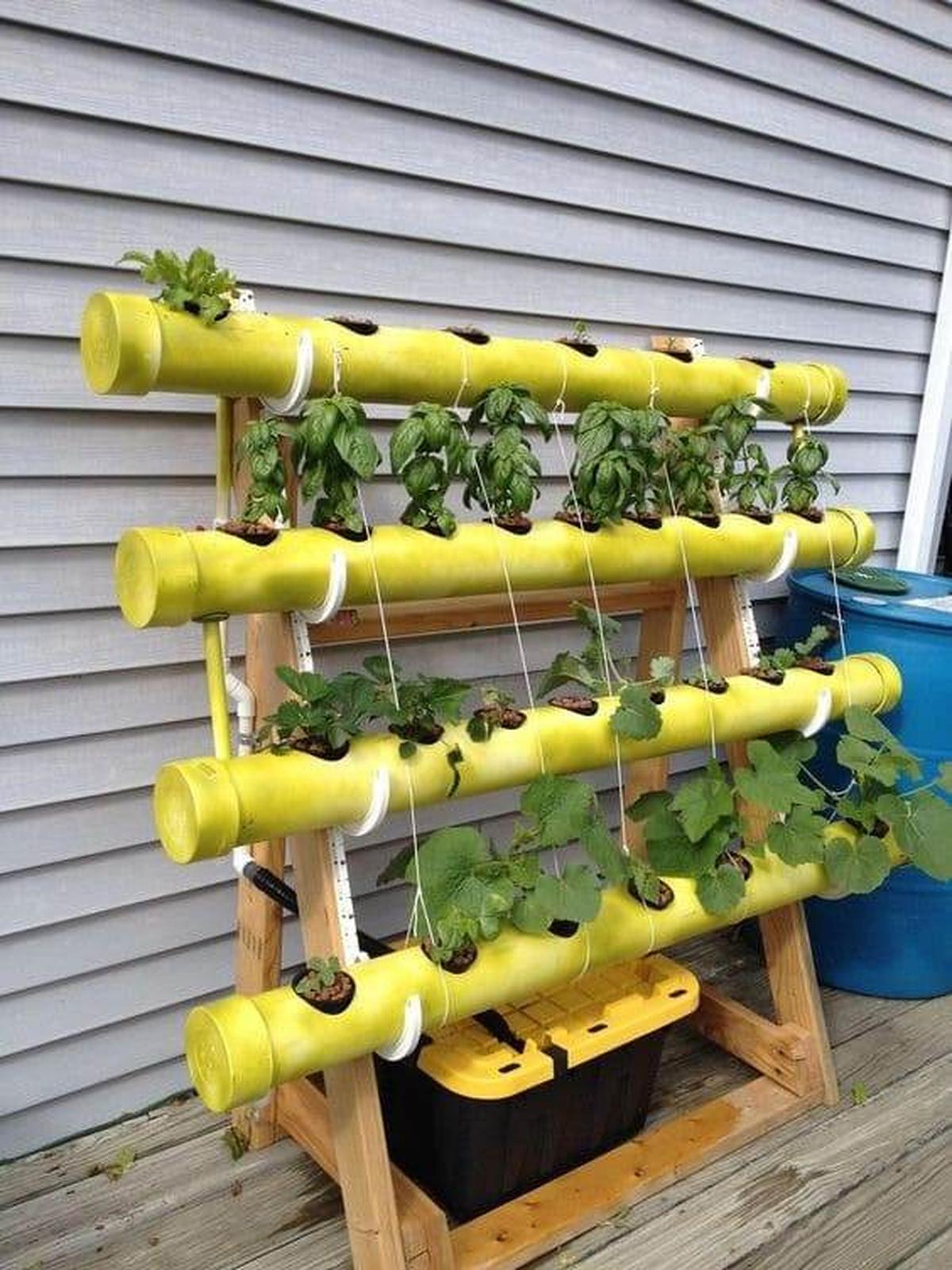
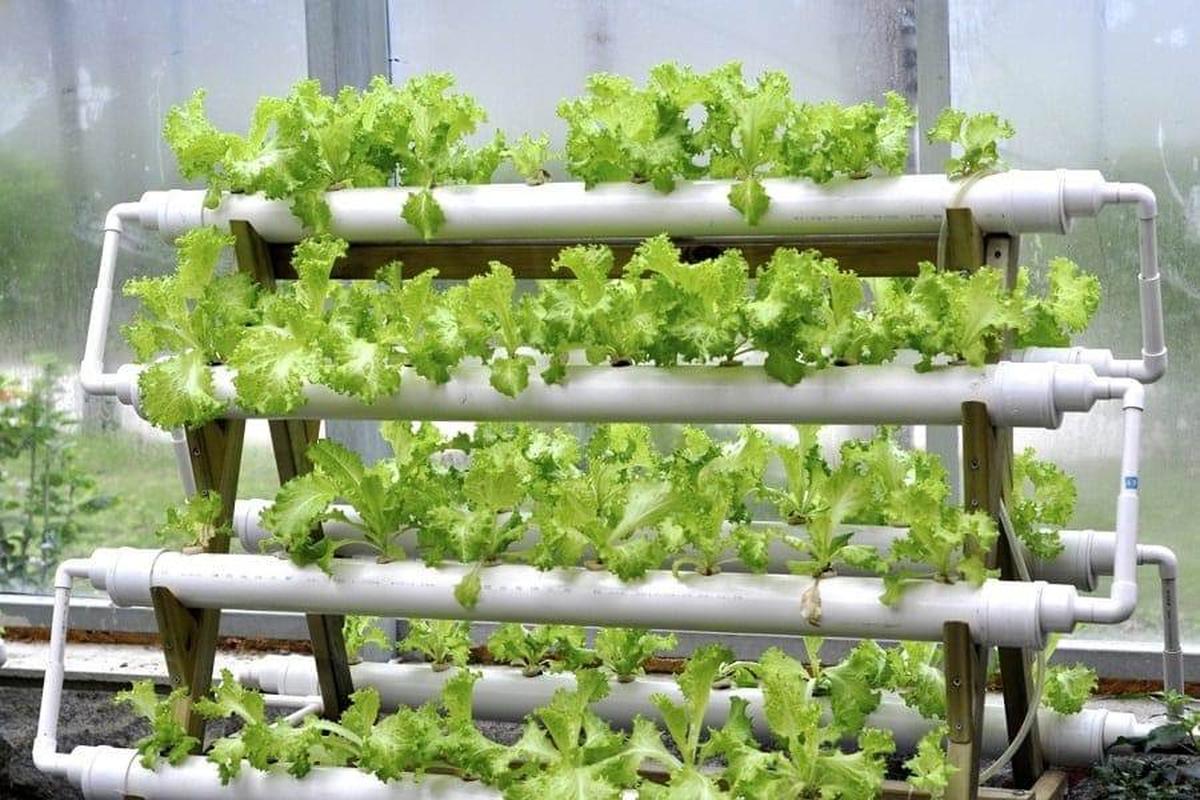
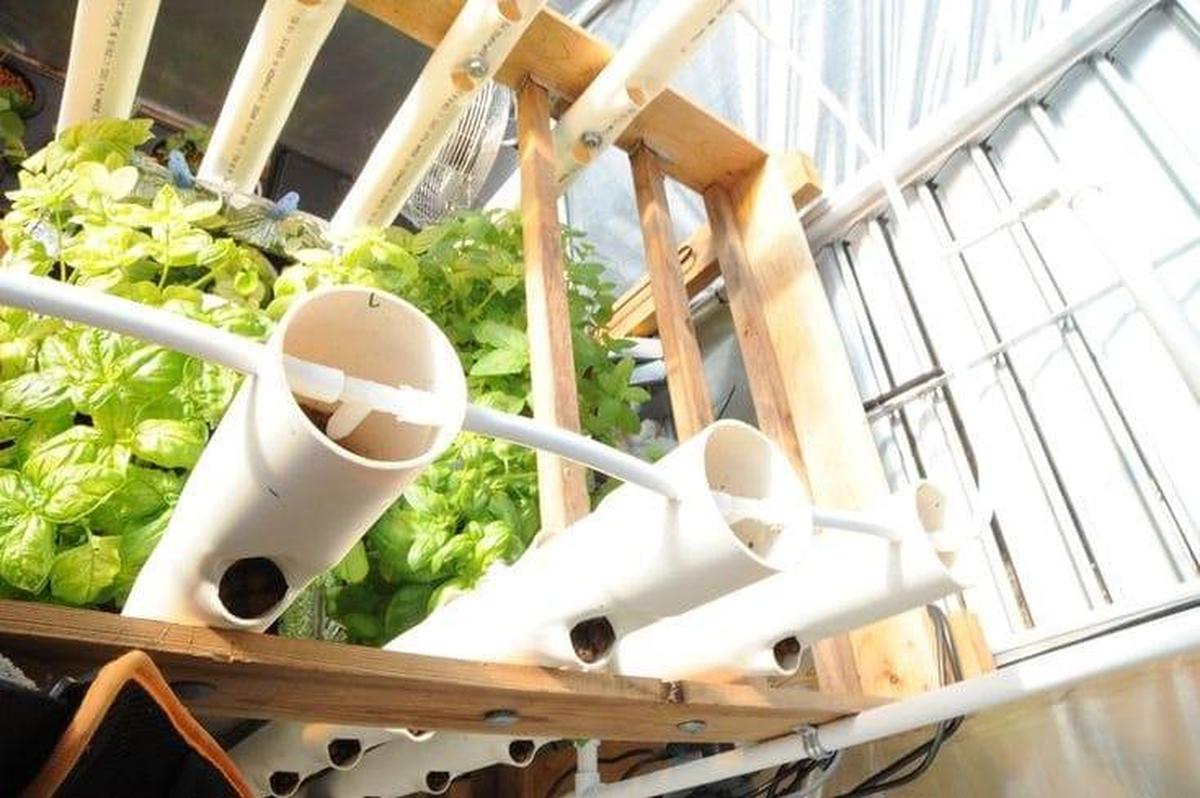
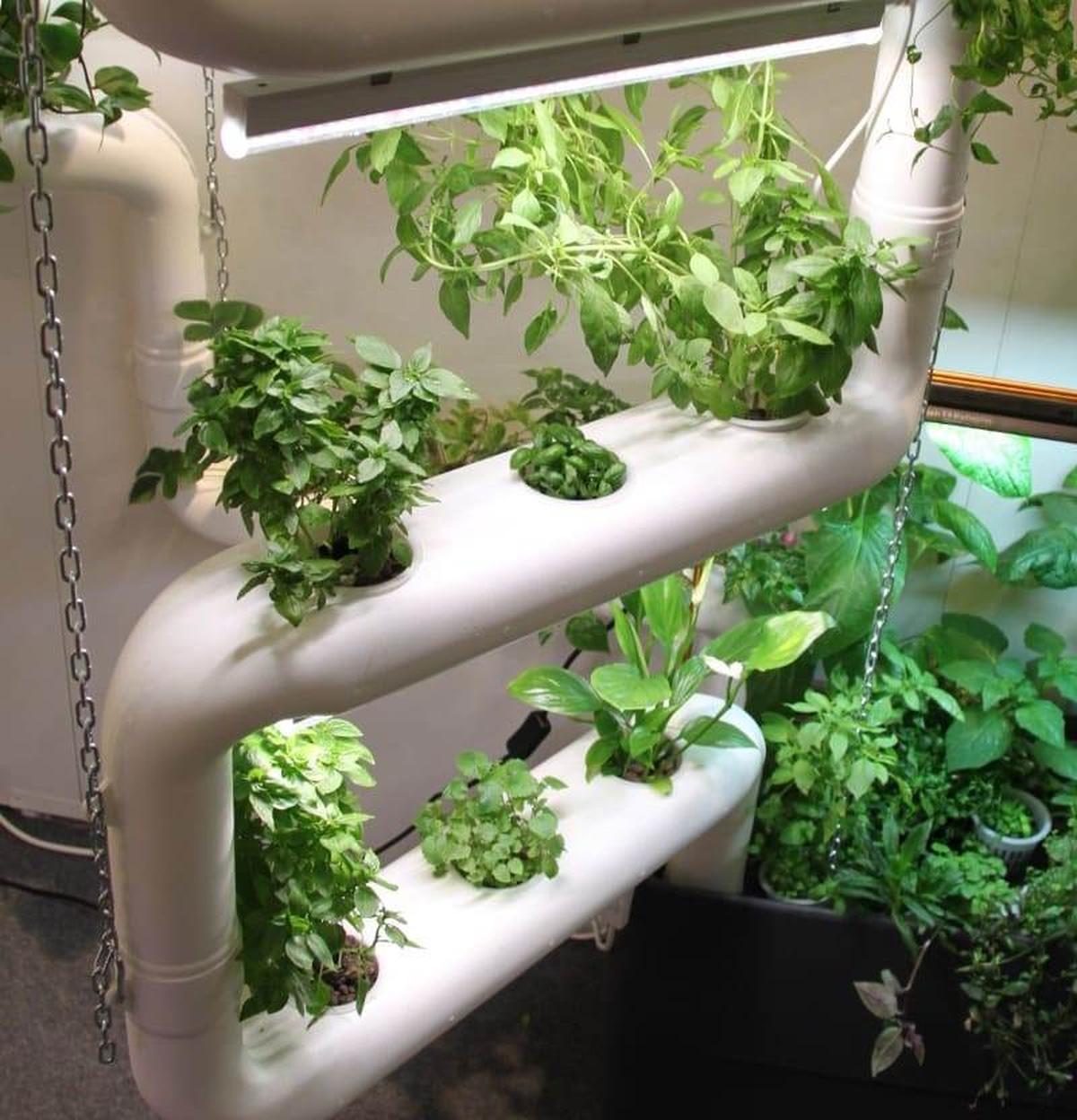
James Turner
Founder & Lead Designer
Expertise
Interior Design, Sustainable Design Practices, Spatial Planning, Innovative Material Applications, Contemporary Art Techniques, Visual Communication, Multimedia Artistry, DIY Design and Home Projects, Eco-Friendly Living Spaces, Creative Solutions
Education
University of Cincinnati College of Design, Architecture, Art, and Planning (DAAP)
Columbus College of Art & Design (CCAD), Columbus, OH
James Turner is the founder and lead designer at Velocity Art and Design. He studied Interior Design at the University of Cincinnati, focusing on eco-friendly design and smart use of space.
Later, he expanded his artistic skills with a Fine Arts Certificate from the Columbus College of Art & Design, where he learned about modern art and visual storytelling.
With over 10 years in design, James is passionate about making spaces that are both beautiful and practical. He shares his DIY tips and creative ideas to inspire others to explore their own creativity and transform their living spaces.